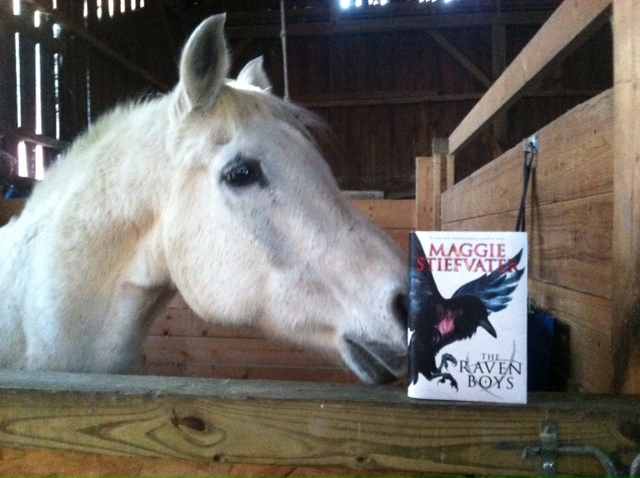First of all, if you wanna be a writer, then yah! Congrats! Best. Decision. Ever. Now all you have to do is read a lot, write a lot, and never give up. The old idea that success is 20% talent and 80% tenacity (or whatever the formula) is true!
Beyond that, my only true advice is this: If what you’re doing isn’t working, then try something else.
Sounds simple, right? But it’s not. So many writers—myself included at one time—possess the determination to keep on writing story after story or novel after novel regardless of failures and near misses, but we fail to make changes between each attempt. And like Albert Einstein once said, the definition of insanity is “doing the same thing over and over again and expecting different results.”
So what kind of changes am I talking about? Well, that depends on the writer, of course. For me, the change I needed to make was the way I approached writing the first draft.
Before The Nightmare Affair, I was a complete pantser. I just hit the page running and didn’t look back. The result, naturally, were stories that required a lot of revisions/rewriting afterward. Unless you are Stephen King (and even he admits in his fabulous book On Writing that he doesn’t get it right the first time either) you’re bound to go off track in places. For me as a pantser, this meant going off track in a lot of places. It also meant a lot of self-doubt and discouragement when I started on the second draft.
With the The Nightmare Affair, however, I decided to employ a different tactic. I became a “pantser who stops and asks for directions.” What this means is that I still approached the first draft without an outline or any deliberate plotting, but rather than running along as quickly as I could, I took my time scene-by-scene, chapter-by-chapter, and character motivation by character motivation to think about what was happening, why it was happening, and then what would happen next. Rather than follow my instincts, I questioned those instincts, tested them for viability before putting them down on the paper. Like this:
- Why is character B behaving this way?
- What is his motivation?
- Where am I at in the “story arc?”
- Is this scene serving multiple purposes? Does it advance the story? Provide character development?
The result of this change was exactly what I needed—a first draft in much better shape than any I’d written before. This made revising a heckuva lot easier. I was able to take it through multiple drafts without getting discouraged. And of course, several months later I signed with my agent and then sold the book. It was like magic.
So take a look at what you’ve done in the past that hasn’t worked and then try something new this time around. You just might find your magic, too.
Good luck and happy writing!
And be sure to check in with the rest of the teamTEENauthors:








